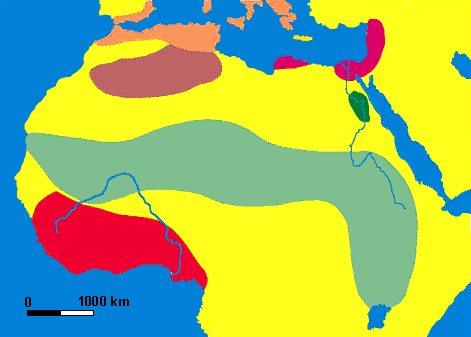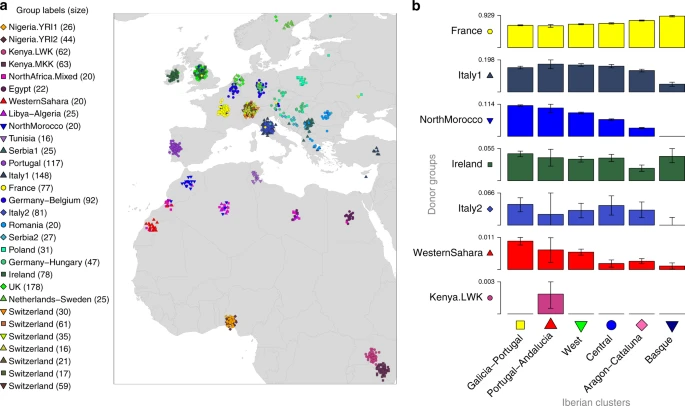Originally posted by Antalas:
quote:Actually the guanche samples had substantial number of R1b :
Originally posted by typeZeiss:
Is it curious that there doesn't seem to be much R1b in North Africa? At least from what we see from the ancient bones they have tested so far. I remember they did a DNA test on the bell beakers found in Morocco some time ago, but I have never seen any published work on what Y-Chromosome haplogroup they belonged to.

Don't be deceived by the current HG repartition since the expansion of E-m81 in the region is quite recent (2k years old) and might have erased the previous diversity [/QB]



![[Big Grin]](biggrin.gif)




